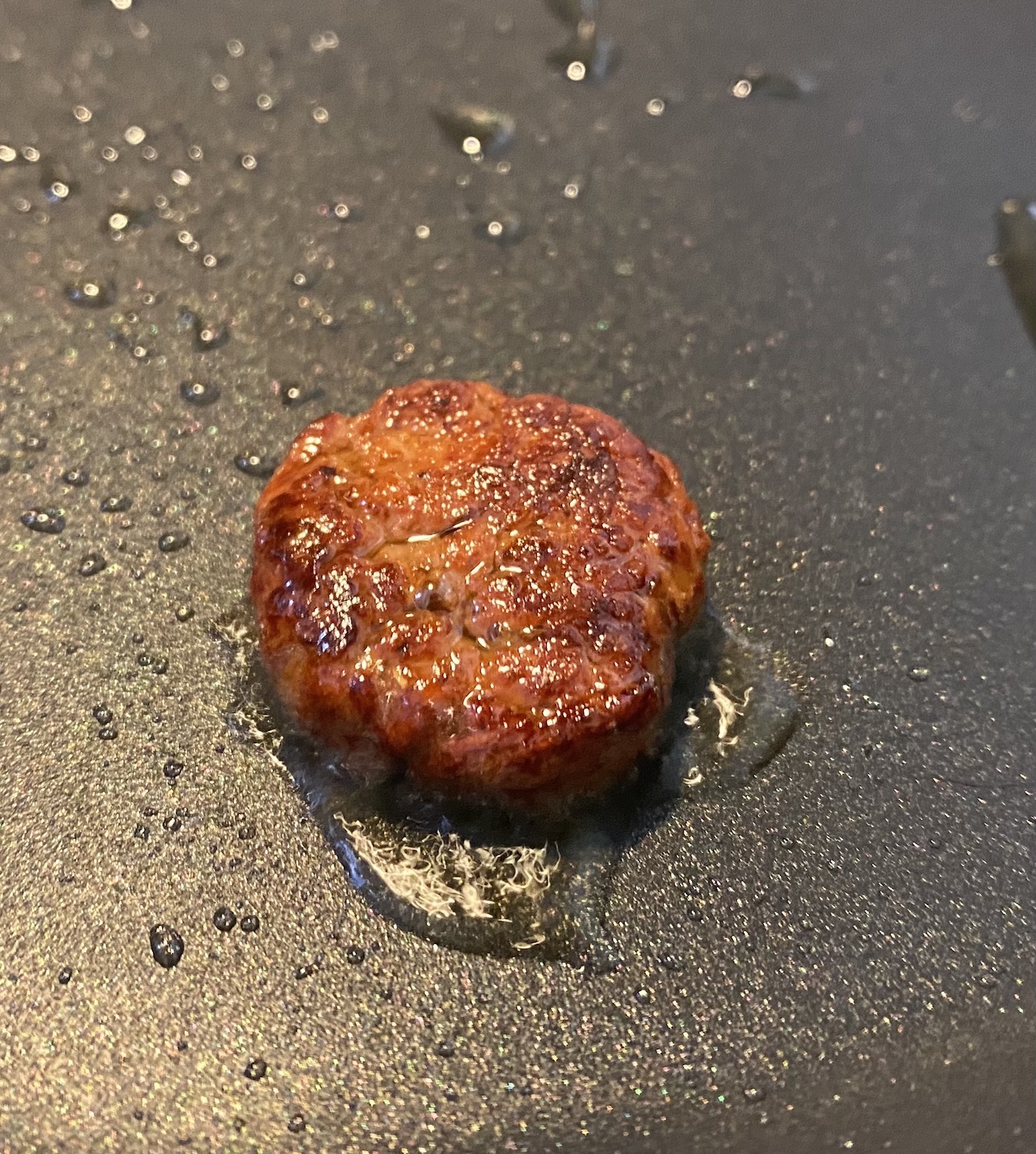With animal-free dairy products and convincing vegetarian meat substitutes already on the market, it’s easy to see how biotechnology can change the food industry. Advances in genetic engineering are allowing us to harness microorganisms to produce cruelty-free products that are healthy for consumers and healthier for the environment.
One of the most promising sources of innovative foods is fungi – a diverse kingdom of organisms that naturally produce a huge range of tasty and nutritious proteins, fats, antioxidants, and flavor molecules. Chef-turned-bioengineer Vayu Hill-Maini, an affiliate in the Biosciences Area at Lawrence Berkeley National Laboratory (Berkeley Lab), is exploring the many possibilities for new tastes and textures that can be made from modifying the genes already present in fungi.
“I think it’s a fundamental aspect of synthetic biology that we’re benefiting from organisms that have evolved to be really good at certain things,” said Hill-Maini, who is a postdoctoral researcher at UC Berkeley in the lab of bioengineering expert Jay Keasling. “What we’re trying to do is to look at what is the fungus making and try to kind of unlock and enhance it. And I think that’s an important angle that we don’t need to introduce genes from wildly different species. We’re investigating how we can stitch things together and unlock what’s already there.”
In their recent paper, published today in Nature Communications, Hill-Maini and colleagues at UC Berkeley, the Joint BioEnergy Institute, and the Novo Nordisk Foundation Center for Biosustainability studied a multicellular fungus called Aspergillus oryzae, also known as koji mold, that has been used in East Asia to ferment starches into sake, soy sauce, and miso for centuries. First, the team used CRISPR-Cas9 to develop a gene editing system that can make consistent and reproducible changes to the koji mold genome. Once they had established a toolkit of edits, they applied their system to make modifications that elevate the mold as a food source. First, Hill-Maini focused on boosting the mold’s production of heme – an iron-based molecule which is found in many lifeforms but is most abundant in animal tissue, giving meat its color and distinctive flavor. (A synthetically produced plant-derived heme is also what gives the Impossible Burger its meat-duping properties.) Next, the team punched up production of ergothioneine, an antioxidant only found in fungi that is associated with cardiovascular health benefits.
After these changes, the once-white fungi grew red. With minimal preparation – removing excess water and grinding – the harvested fungi could be shaped into a patty, then fried into a tempting-looking burger.
Hill-Maini’s next objective is to make the fungi even more appealing by tuning the genes that control the mold’s texture. “We think that there’s a lot of room to explore texture by varying the fiber-like morphology of the cells. So, we might be able to program the structure of the lot fibers to be longer which would give a more meat-like experience. And then we can think about boosting lipid composition for mouth feel and further nutrition,” said Hill-Maini, who was a Fellow of the Miller Institute for Basic Research in Science at UC Berkeley during the study. “I’m really excited about how can we further look at the fungus and, you know, tinker with its structure and metabolism for food.”
Though this work is just the beginning of the journey to tap into fungal genomes to create new foods, it showcases the huge potential of these organisms to serve as easy-to-grow protein sources that avoid the complex ingredients lists of current meat substitutes and the cost barriers and technical difficulties hindering the launch of cultured meat. Additionally, the team’s gene editing toolkit is a big leap forward for the field of synthetic biology as a whole. Currently, a great variety of biomanufactured goods are made by engineered bacteria and yeast, the single-celled cousins of mushrooms and mold. Yet despite humanity’s long history of domesticating fungi to eat directly or to make staples like miso, multicellular fungi have not yet been harnessed as engineered cellular factories to the same extent because their genomes are far more complex, and have adaptations that make gene editing a challenge. The CRISPR-Cas9 toolkit developed in this paper lays the foundation to easily edit koji mold and its many relatives.
